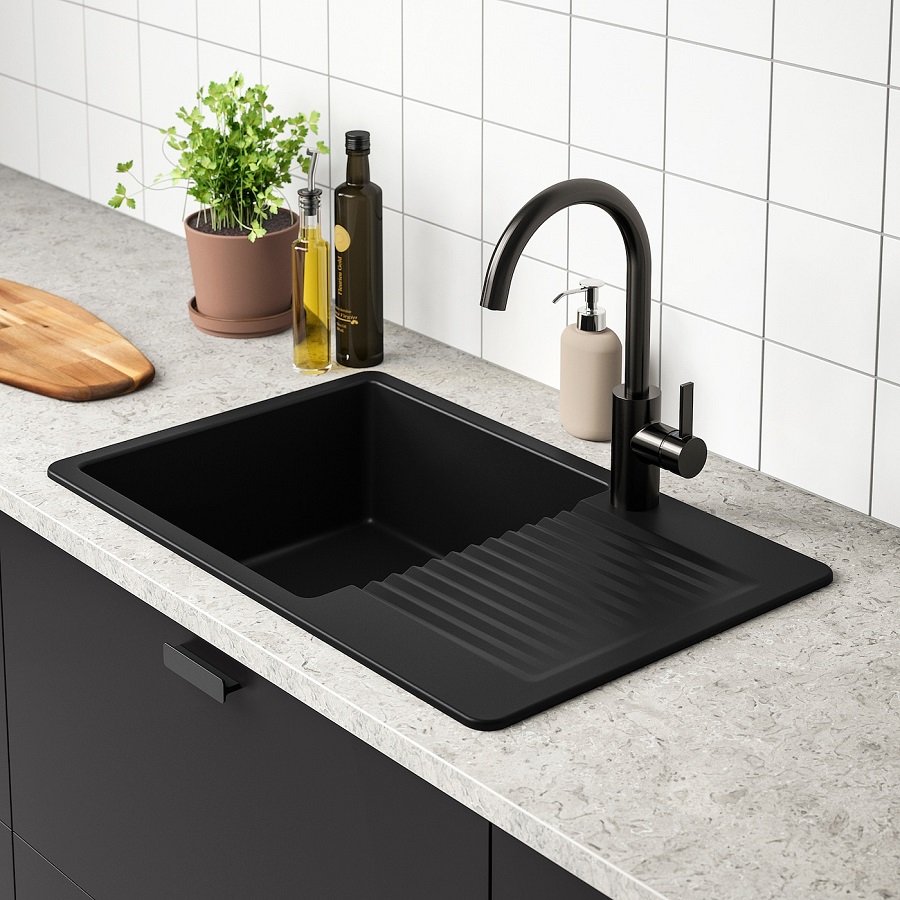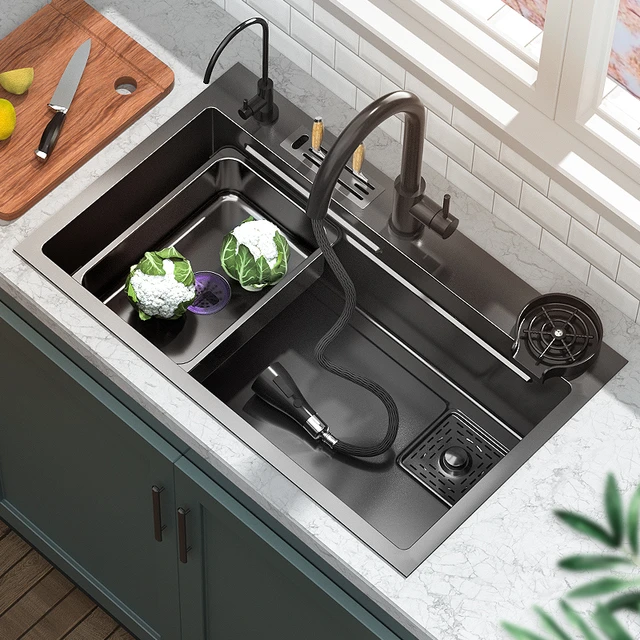Introduction to ‘All Day’ in Professional Kitchens
In every bustling professional kitchen, chefs and cooks use a unique vocabulary to manage the chaos. Among these terms, ‘all day’ stands out for its critical role in communication. This phrase isn’t about the duration of the workday. Instead, it relates to the total count of specific dishes needed at a moment. When you hear a chef shout ‘Three burgers, all day,’ it means the kitchen needs to make three burgers now. This simplifies tasks and ensures that everyone knows the exact demand.
The Origin and General Use of ‘All Day’
While the origin of ‘all day’ is uncertain, its purpose is clear. It helps head chefs summarize the overall demands for a dish. Without it, one might lose count with the flurry of individual orders. By saying ‘all day,’ chefs combine similar orders into a single total. This practice keeps staff from getting overwhelmed and helps avoid mistakes during peak times.
Significance of ‘All Day’ in Kitchen Communication
The term ‘all day’ is key in kitchens. It boosts speed and teamwork.
Enhancing Efficiency and Coordination
‘All day’ lets chefs combine orders for a clear count. It speeds up cooking and serving.
Reducing Errors and Streamlining Operations
It avoids mix-ups with order counts. Cooks work better, making fewer mistakes. Fast, smooth service wins.
How ‘All Day’ Affects Kitchen Workflow
Effectively managing a busy kitchen requires clear, swift communication. The term ‘all day’ plays a pivotal role in this. It streamlines the process of order handling, ensuring all staff are synced up. Simply put, ‘all day’ indicates the total orders of a dish needed immediately. It allows the kitchen to work collectively on multiple dishes, reducing wait times for customers.
Managing Multiple Orders
In high-paced settings, chefs face a barrage of orders. ‘All day’ consolidates these into an overall count for each dish. This prevents a pile-up of individual order tickets. Chefs can quickly assess quantities needed for efficient preparation. As orders continue to come in, this approach keeps the kitchen smooth-running.
Impact on Kitchen Staff and Order Execution
The saying immensely benefits kitchen staff, particularly during rush hours. It provides them with a summed-up view of the tasks at hand. This helps avoid over or under-cooking dishes, ensuring every plate is just right. It also helps chefs prioritize and expedite orders as necessary. Ultimately, ‘all day’ aids in delivering each dish freshly made and on time.
‘All Day’ in Various Culinary Environments
In professional kitchens, ‘all day’ adapts to various settings. It helps manage complex and fast-paced environments, ensuring efficient service.
High-Volume Restaurants
In high-volume restaurants, ‘all day’ becomes crucial during peak hours. Chefs use it to quickly communicate total dish counts needed immediately. This ensures all kitchen staff are on track without the need for repeated individual order calls, speeding up preparation and delivery.
Fast turnarounds are essential in these kitchens. Effective use of ‘all day’ minimizes confusion and boosts overall efficiency. It supports staff in managing numerous orders simultaneously, which is key to high customer satisfaction.
Event Catering
During large events, ‘all day’ helps caterers handle bulk orders smoothly. It signifies the total number of certain dishes required at once, vital in settings like weddings or corporate galas. This term ensures that every order is accounted for, which is crucial in synchronized meal services.
It also supports better coordination among various team members working different stations. Using ‘all day,’ head chefs maintain clear communication, preventing order miss-outs. This efficiency is vital to the success of the event catering, making sure guests receive their meals on time.
Fast-Casual Settings
Fast-casual restaurants benefit greatly from the ‘all day’ term. Here, it helps kitchens manage quick service needs effectively. It allows the staff to keep pace with frequent, smaller orders made over the counter or through digital kiosks.
In these kitchens, ‘all day’ aids in quick stock checks and ensures fast food dispatch. This helps prevent backlogs during busy hours, enhancing the customer’s dining experience. The clear, quick communication it facilitates is essential for keeping operations moving.
 Additional Common Kitchen Phrases Related to ‘All Day’
Additional Common Kitchen Phrases Related to ‘All Day’
Professional kitchens have a special language. This helps chefs and cooks stay fast and clear. Besides ‘all day’, there are more words they use often. Let’s explore some of these terms and what they mean.
Exploring Terms like ’86’, ‘Fire’, and ‘Pick Up’
In the kitchen, ’86’ means to stop making a dish. Usually, it’s because an ingredient is gone. If a chef says ’86 the chicken’, it means no more chicken dishes go out.
When you hear ‘Fire!’, it’s go time in the kitchen. This word means to start cooking a dish right now. A chef might call ‘Fire table five!’ to say ‘Start cooking for table five!’.
‘Pick up’ is used when food is ready. Servers will know to take the dishes to customers. For example, ‘Pick up on table three!’ means table three’s food is ready.
Understanding ‘Mise en Place’ and Its Importance
‘Mise en place’ is French for ‘everything in its place’. It’s a major part of kitchen prep. Chefs and cooks need to set up their ingredients and tools before service. This makes sure they can cook fast during busy times.
Having a good ‘mise en place’ means a smooth service. It cuts down on stress and stops mistakes. Chefs can make food faster and get dishes out on time. Clear counters, sharp knives, and ready ingredients are all part of ‘mise en place’.
A well-set ‘mise en place’ is key for a chef’s success. It makes sure everyone is ready to go when the kitchen gets busy.
Conclusion and Reflections on Kitchen Terminology
The language of the kitchen is not just words; it is a tool for efficiency and harmony. ‘All day’ and terms like ’86’, ‘fire’, and ‘mise en place’ form a code. Chefs understand this code. It helps them work fast and stay organized. Good communication can make or break a busy kitchen service. Slang helps cooks and chefs know their tasks and do them well. It brings the team together, and it keeps the kitchen running smooth. Without this slang, there could be chaos and mistakes. So, kitchen terms are important for success.
The Role of Slang in Professional Cooking
In any kitchen, slang is like a secret handshake. It lets chefs and cooks speak quickly and clearly. Words like ‘all day’ tell a chef how many dishes to make right now. This keeps orders coming and customers happy. Learning the slang is key for anyone new to cooking professionally. It shows they understand the kitchen’s rhythm. It helps them fit in with the team. This shared language is a big part of kitchen culture everywhere.
Future Trends in Kitchen Communication
As kitchens evolve, so does their language. We may see more digital systems in the future. These systems can track orders and keep stock. They could change how kitchens talk. But for now, quick terms like ‘all day’ rule the busy kitchen. Chefs and kitchen staff will always need to talk fast and clear. Whatever changes come, the goal stays the same: great food, served on time, with no mistakes. The right words help make this happen, all day, every day.



